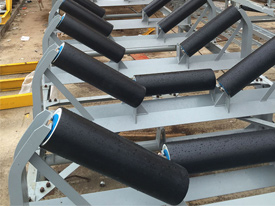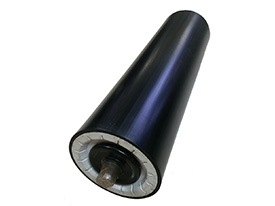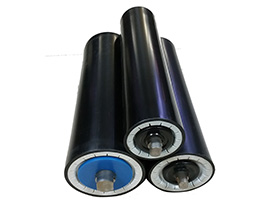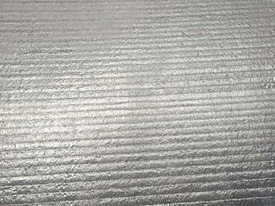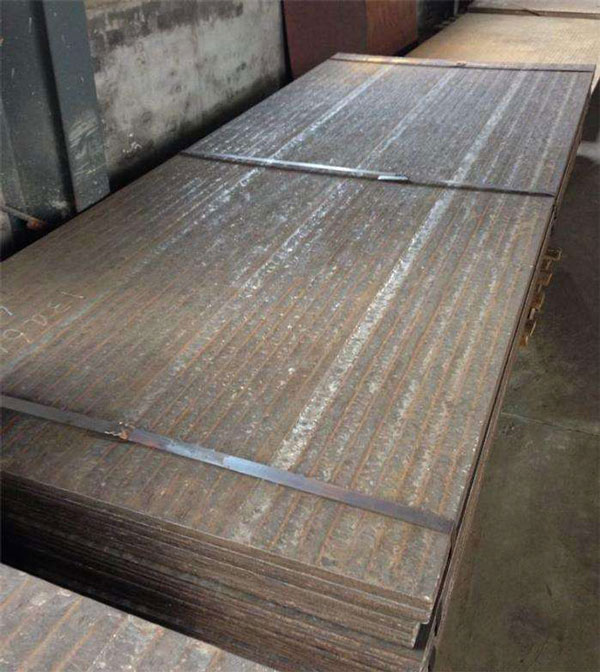
Erosion wear of wear-resistant steel plates is very common, because rain erosion is an inevitable natural damage. Since the problem cannot be solved from the source, we should take appropriate measures to reduce the damage to a lower level. To this end, we can first properly refurbish the wear-resistant steel plate.
Electrothermal welding is used for the connecting parts of the plate, and the plate is well fixed to reduce the brittleness of the plate as much as possible. It can not be damaged when it is subjected to wind and rain. The unique structural design is very useful. Secondly, for this For the damage caused by scouring, we can appropriately adjust the quality of the board. Appropriate weight reduction will help reduce the gravity of the scouring, thereby reducing the degree of damage to the board.
Generally, the wear-resistant plates we use are made of a variety of alloys, and some metal elements are added. High-strength plates are heavier. We can reduce the quality of the plates through special treatment. , So that the structure is lightened, the force of rain water on the plate will be weakened, and the damage to the wear-resistant steel plate will be reduced.
Wear-resistant steel plates are mainly made of some alloying elements, such as manganese, silicon, chromium, vanadium, aluminum, titanium, boron, rare earth, etc. Generally, manganese and silicon are added first, because this can further strengthen the deoxidation effect, and because their price is relatively low, early addition can ensure the yield of the elements added later.
Then add vanadium and ming. Both of them have relatively high melting points, and their ability to interact with oxygen is relatively large. Therefore, when adding the metal melt, the deoxidation must be good. The temperature of the wear plate melt should not be too low, exceeding 1550℃ . Next, add aluminum, titanium, and boron in sequence. After aluminum is added as a final deoxidizer, steel can be obtained. Otherwise, serious burning will occur, especially when ferroalloys such as vanadium, inscription, and titanium are added. Chin has a high affinity for oxygen, a higher melting point, but a lower density, so the effect of adding it after the final deoxidation of aluminum will be ideal. It can be added directly into the furnace or added to the stream of molten iron and steel, and flushed into the bag with the stream. Boron is an element that is relatively easy to be oxidized and nitridated, so the steel melt must be fully deoxidized and nitrogen fixed before being added. In general wear plates, boron is added as a trace element, and the amount used is not very large.
The rare earth is added later, but it must be ensured that it is after aluminum deoxidation. If there are other elements, such as tungsten, molybdenum, diamond and other refractory metal elements, they can only be added at this time. Because if it is added early, it will not be oxidized.
 简体中文
简体中文

